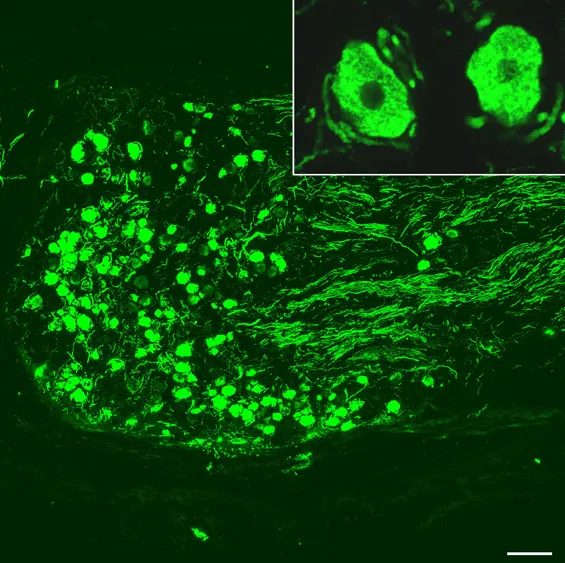Research focus
Chemical Neurotransmission Research
Our research is focused on chemical messengers in the nervous and endocrine systems, mainly based on histochemical techniques: immunohistochemistry and in situ hybridization. We also use molecular biological approaches including RT-PCR and have created some transgenic animals.
We are interested in the concept that a neuron produces and releases more than one transmitter substance. In particular, our work has focused on the role of neuropeptides in the central and peripheral nervous system, including substance P, cholecystokinin (CCK), galanin and neuropeptide Y (NPY), four peptides that have been discovered by scientists at Karolinska Institutet. These peptides often have a modulating role, exerting their effects via 7-transmembrane, G-protein-coupled receptors. The peptide systems are involved in numerous functions, for example control of food intake, as well as in various diseases such as obesity, anorexia nervosa, pain and depression.
We are now particularly interested in studying human tissues to validate hypotheses based on rodent experiments with the aim to understand mechanisms underlying pain and depression and to develop novel strategies for treatment of these disorders .

